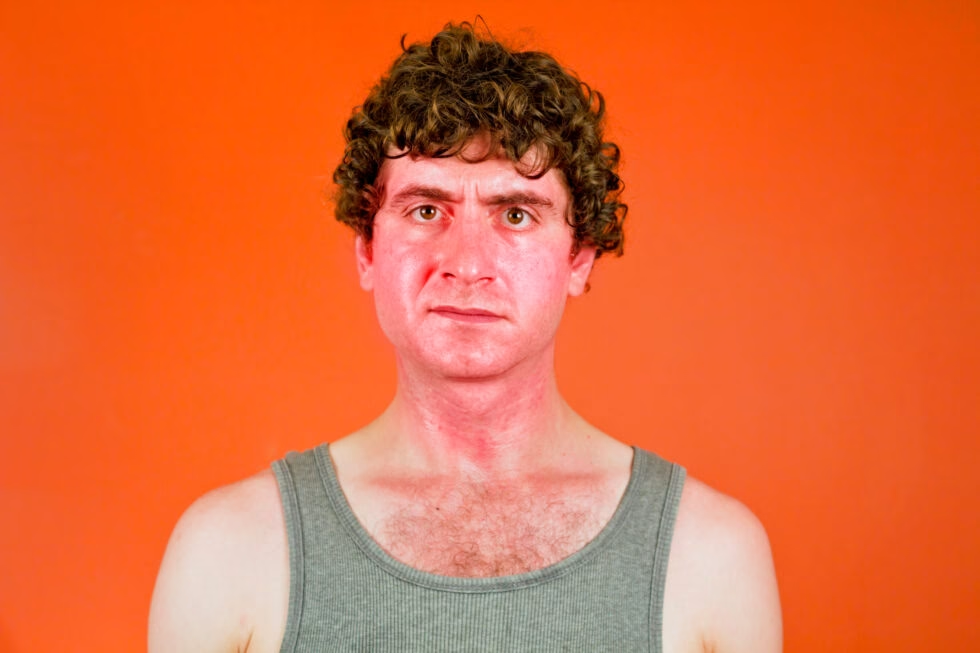
Sunburns are a natural part of summer, but what are they really? Here are some key facts about sunburn & when it’s time to check into AFC.
School’s out and so is the sun. The warm Carolina weather has unlocked an abundance of fun outdoor activities. Do you like strolling through Corcoran Paige River Park or white water rafting down the French Broad River?
Chances are whatever outdoor activity you find yourself doing, the sun will most likely follow you. This doesn’t seem like a bad idea until the sting sets in, and you notice your skin turning lobster red. Sound familiar?
We’ve all been there. But sunburns are more than just a temporary nuisance. Let’s break down what’s actually happening beneath the surface when your skin gets burned.
Visit AFC South Asheville today.
What Causes a Sunburn?
Sunburns happen when your skin is overexposed to ultraviolet (UV) rays, primarily from the sun. These rays damage the DNA in your skin cells, kicking off your body’s natural inflammatory response.
There are two types of UV rays to know about:
- UVA rays go deeper into the skin and contribute to long-term aging and damage.
- UVB rays are the ones that cause immediate burning and increase your risk of skin cancer.
When your skin absorbs too much UVB radiation, the damage shows up as redness, heat, and pain.
Why It Hurts So Much
As your skin cells react to UV damage, your body increases blood flow to the area, causing redness, warmth, and swelling. It also releases chemicals that trigger inflammation, which is why the area feels tender and painful to the touch.
There are two main categories of sunburn, first-degree and second-degree. The type of burn will determine the amount of pain that it causes.
- First-degree: the mildest burn level
- The sunburn appears red and is slightly uncomfortable. It usually goes away within a week.
- Second-degree or higher: a more critical burn level
- Typically, any burn that is more severe than a first-degree burn requires medical attention. These types of burns are prone to blistering, causing severe discomfort and infection. They can take over a week to resolve.
Why Your Skin Peels
A few days after the burn, you may notice your skin starting to peel or flake. That’s your body’s way of getting rid of the damaged cells and making room for new, healthy skin.
It’s tempting to help the process along, but resist the urge to peel, it can lead to scarring or infection.
How Long Does It Take to Heal?
Most mild to moderate sunburns heal in about 3 to 7 days, though the redness or sensitivity may stick around for a little longer. More serious burns can take a couple of weeks.
Sunburn Isn’t Just Temporary
Even one bad sunburn increases your risk for melanoma, the most serious type of skin cancer. And multiple burns over time? That doubles your risk.
Beyond skin cancer, repeated sunburns can lead to premature aging, wrinkles, sunspots, and other long-term skin issues. It’s your skin’s way of keeping score.
When You Should Visit AFC South Asheville
Most sunburns can be managed at home, but there are times when it’s smart to let a provider take a look (like when your burn is a second degree or higher).
Come see us at AFC if:
- You have blisters over a large portion of your body
- You’re dealing with severe pain, fever, or chills
- You notice nausea, dizziness, or confusion
- Your skin shows signs of infection, like oozing or swelling
Our team of expert medical providers is here for you seven days a week with no appointment necessary. But remember, AFC can help treat your sunburn. We do not offer skin consultations if you suspect you might have melanoma.
How to Protect Your Skin
Keep your skin safe with these sun-smart tips:
- Wear a broad-spectrum sunscreen with SPF 30 or higher, and reapply every 2 hours
- Dress for the sun: hats, sunglasses, and UV-protective clothing
- Seek shade between 10 a.m. and 4 p.m.
- Skip the tanning beds, and don’t rely on a “base tan” to protect you
And if you do end up with severe sunburn, don’t be afraid to seek medical attention at our clinic. It’s the best way to ensure your skin is not damaged further and heals quickly and effectively.